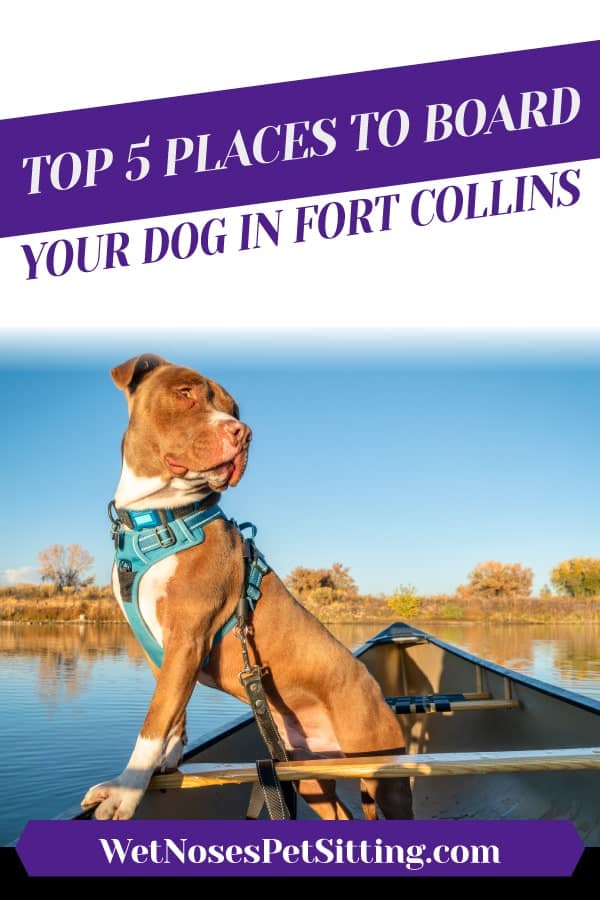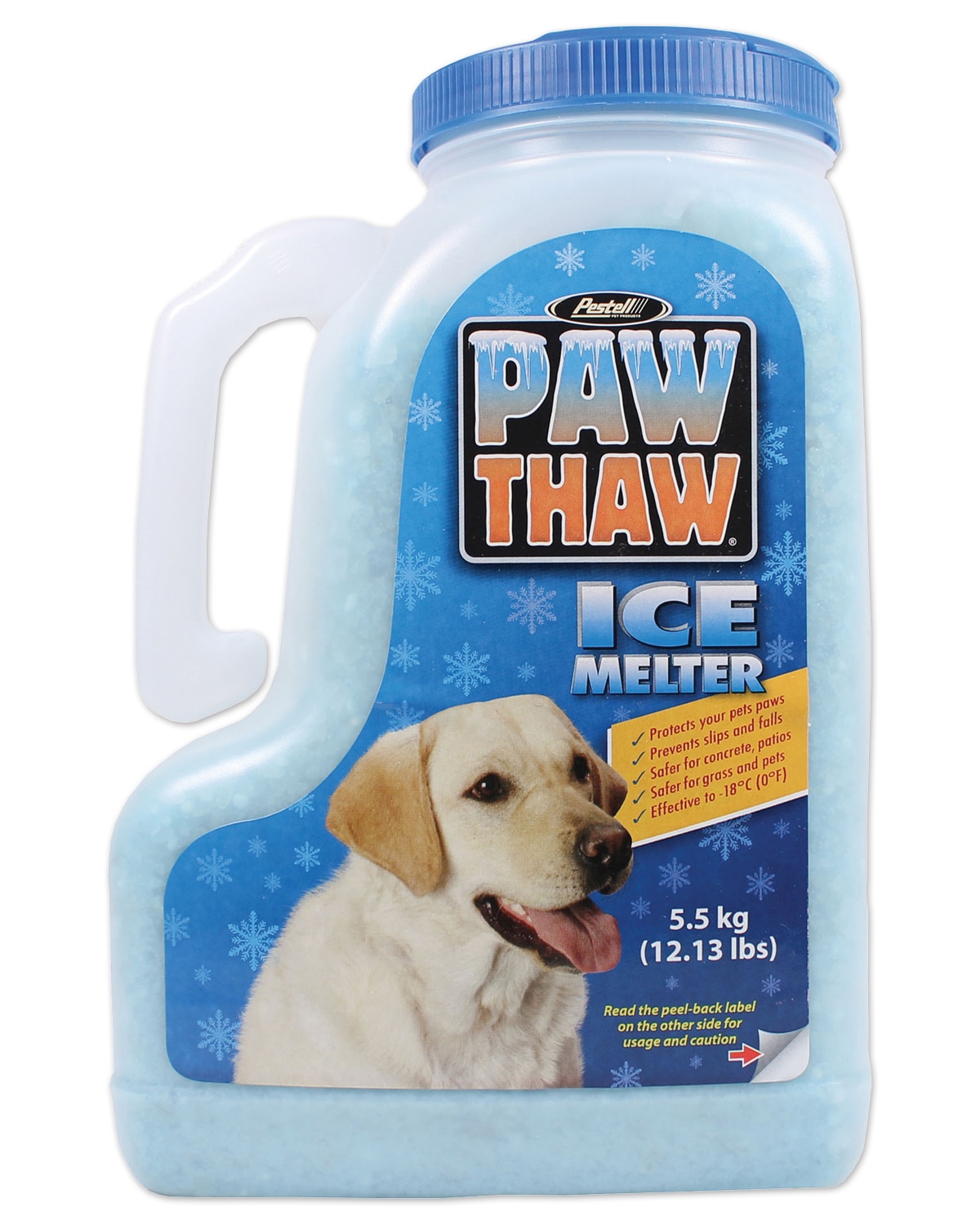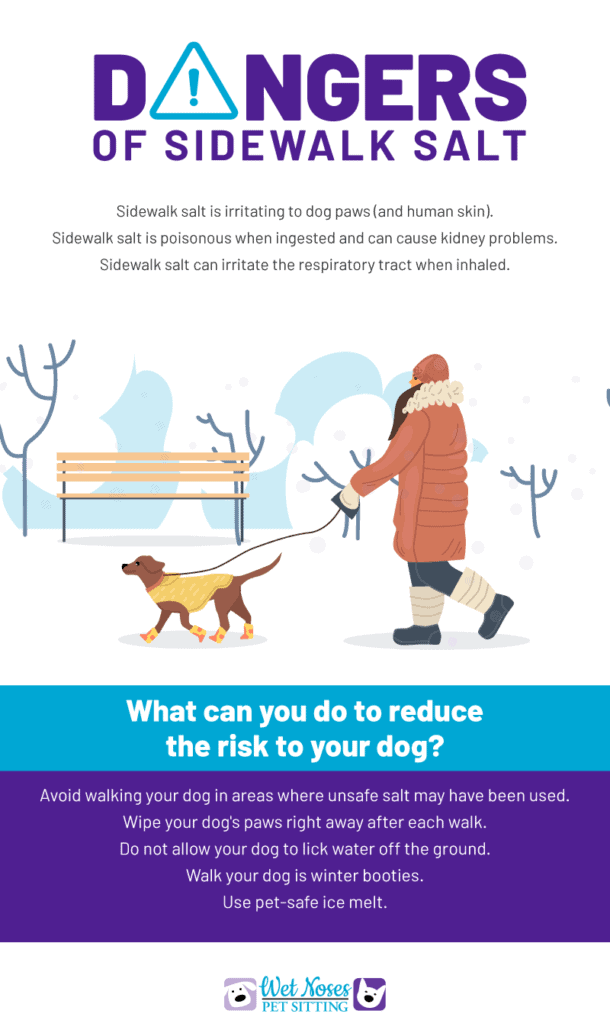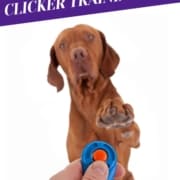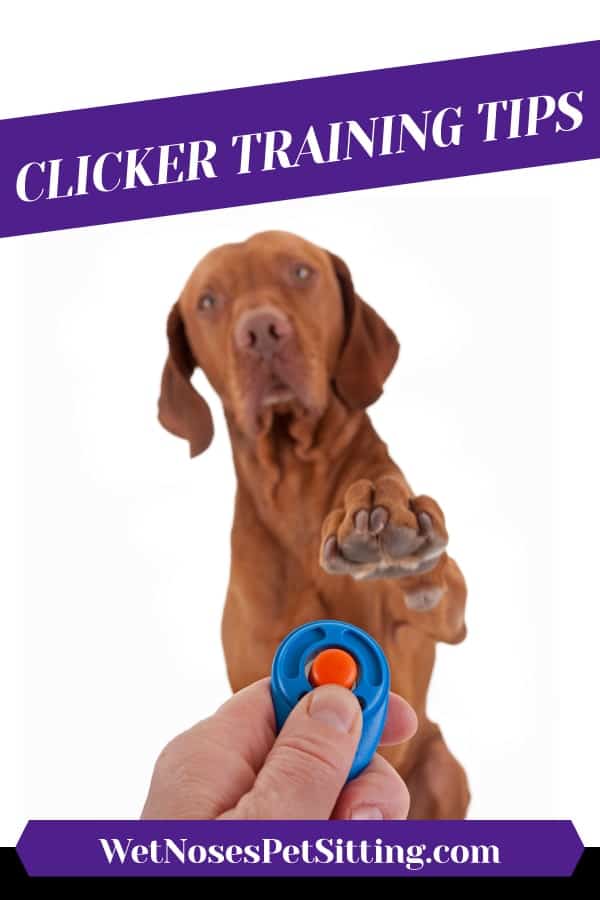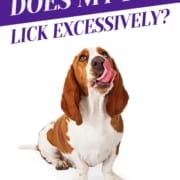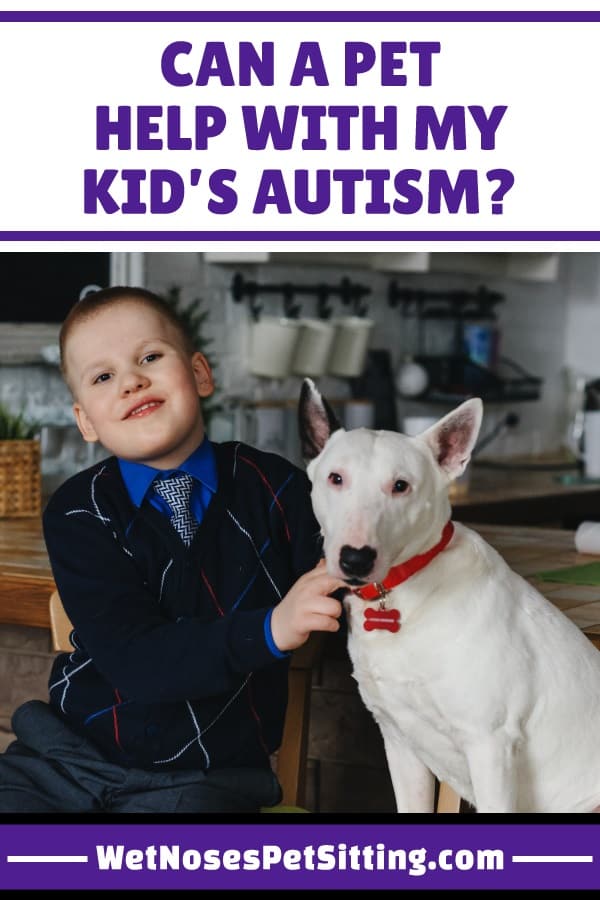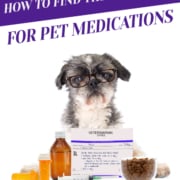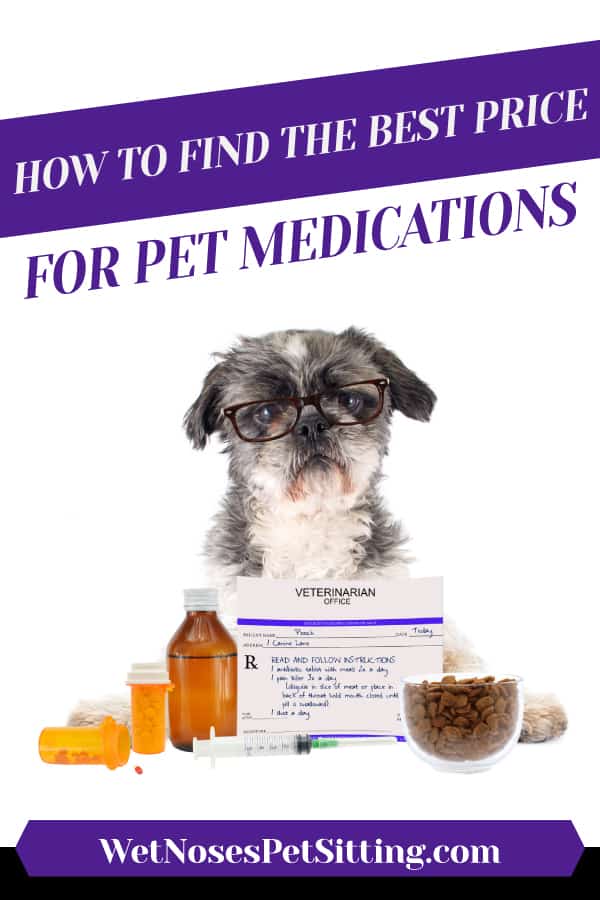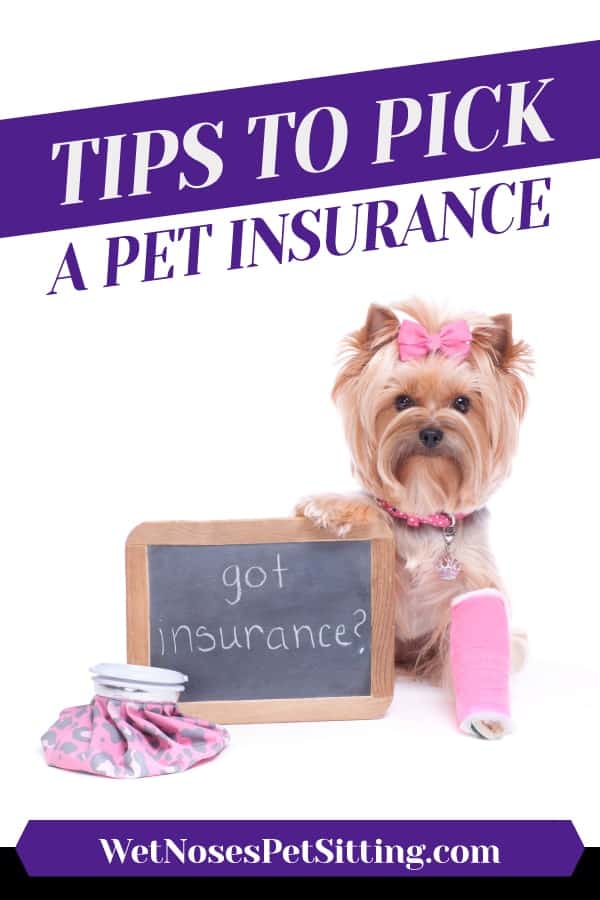Top 5 Places to Board Your Dog in Fort Collins
I don’t know about you, but the vacation bug has bit my family pretty hard already this year. We’ve already booked our first trip and are anxiously awaiting when that week finally arrives. Sometimes when we go out of town it’s best to board the pups for their safety and our peace of mind. If you’re planning on a vacation this year here are some of the best places you can board your dog while you are away.
- Four Paws Pet Hotel & Resort – The Four Seasons eat your heart out, this one really is for the dogs. They have spacious rooms, from cots to twin beds in a climate controlled room, your dog is sure to be pampered. They even let you check in on your pet when ever you want through their 24 hour surveillance.
- Camp Bow Wow – With a friendly and knowledgeable staff, Camp Bow Wow is a great option for your dog. They have tons of indoor and outdoor play areas with 24 hour webcams you can check up on your pooch. Cozy cabins and nightly treats give your dog a real camp experience.

- Raintree Animal Hospital – They have over-sized kennels and super comfy cots that are affordable plus a yummy doggy snack bar with morning and afternoon treats for your pooch.
- Rover’s Ranch Kennels – This is a place where you can truly know that your pets are in the hand of animal lovers. Some pet parents think of it as a “home away from home” for their dogs when they go out of town.
- VCA Fort Collins Animal Hospital – A great place for you pup to stay where they will treat them like family and also be able to attend to special medical needs or just do a routine check up.
When you get the chance to get away and relax on vacation, have an exciting event or job opportunity, the last thing you want to worry about it is you four legged family members who weren’t able to come along for the adventure. That’s why having a reliable caretaker for them is so important.


